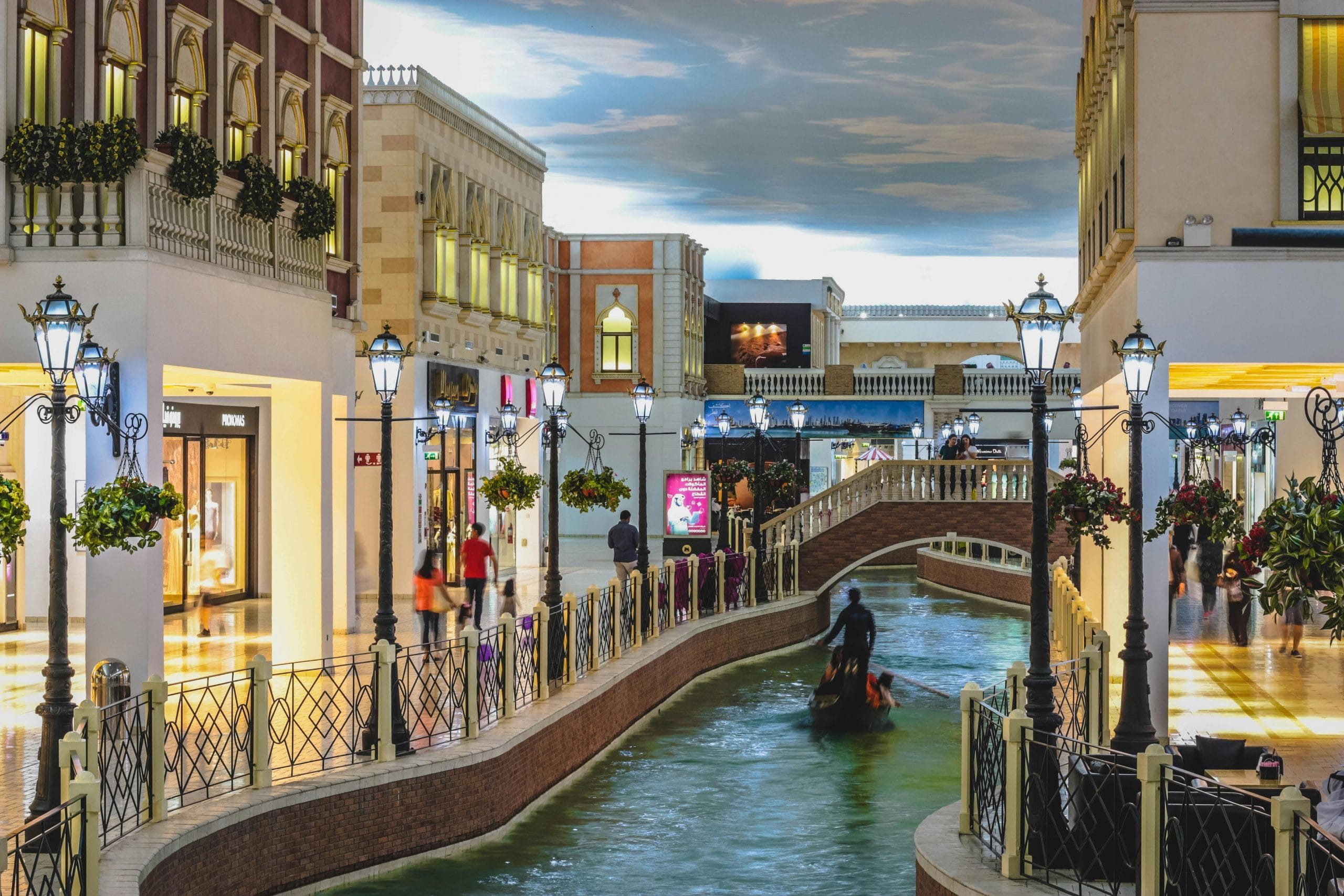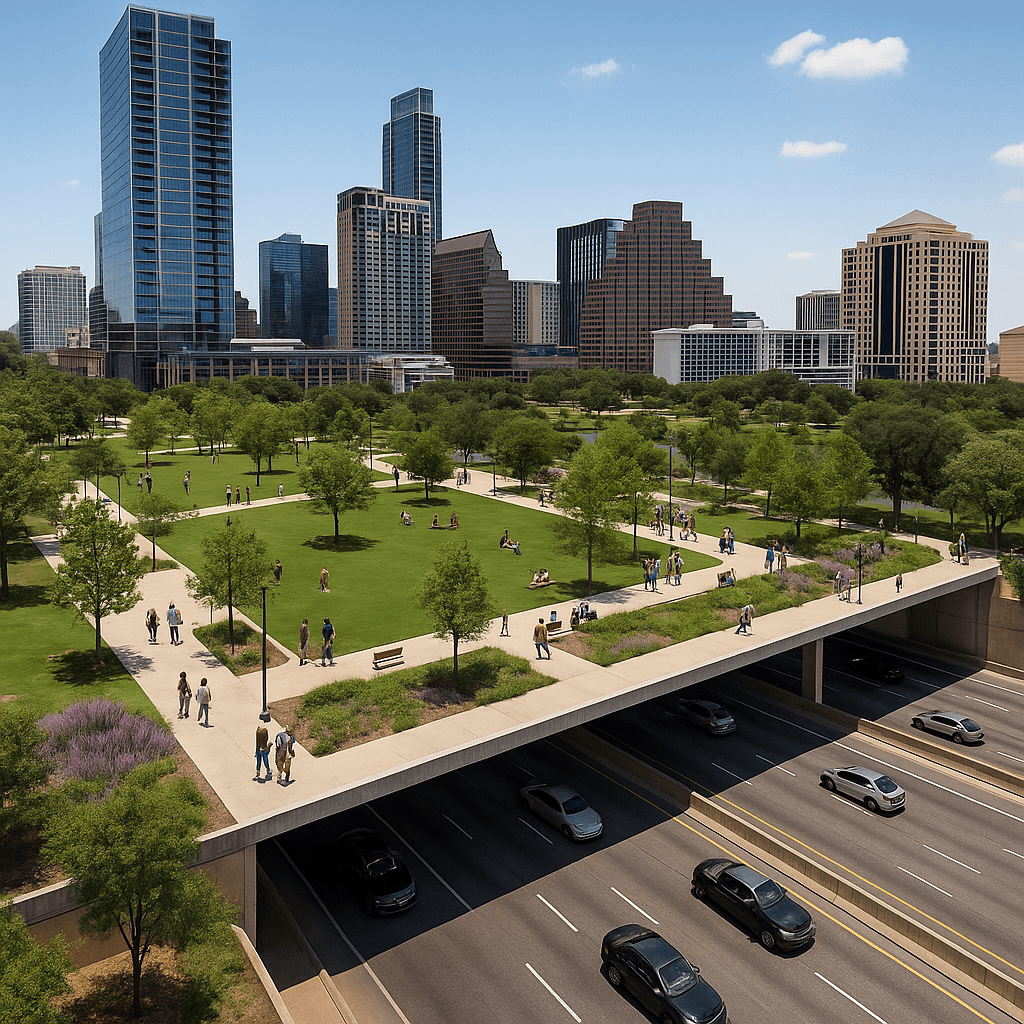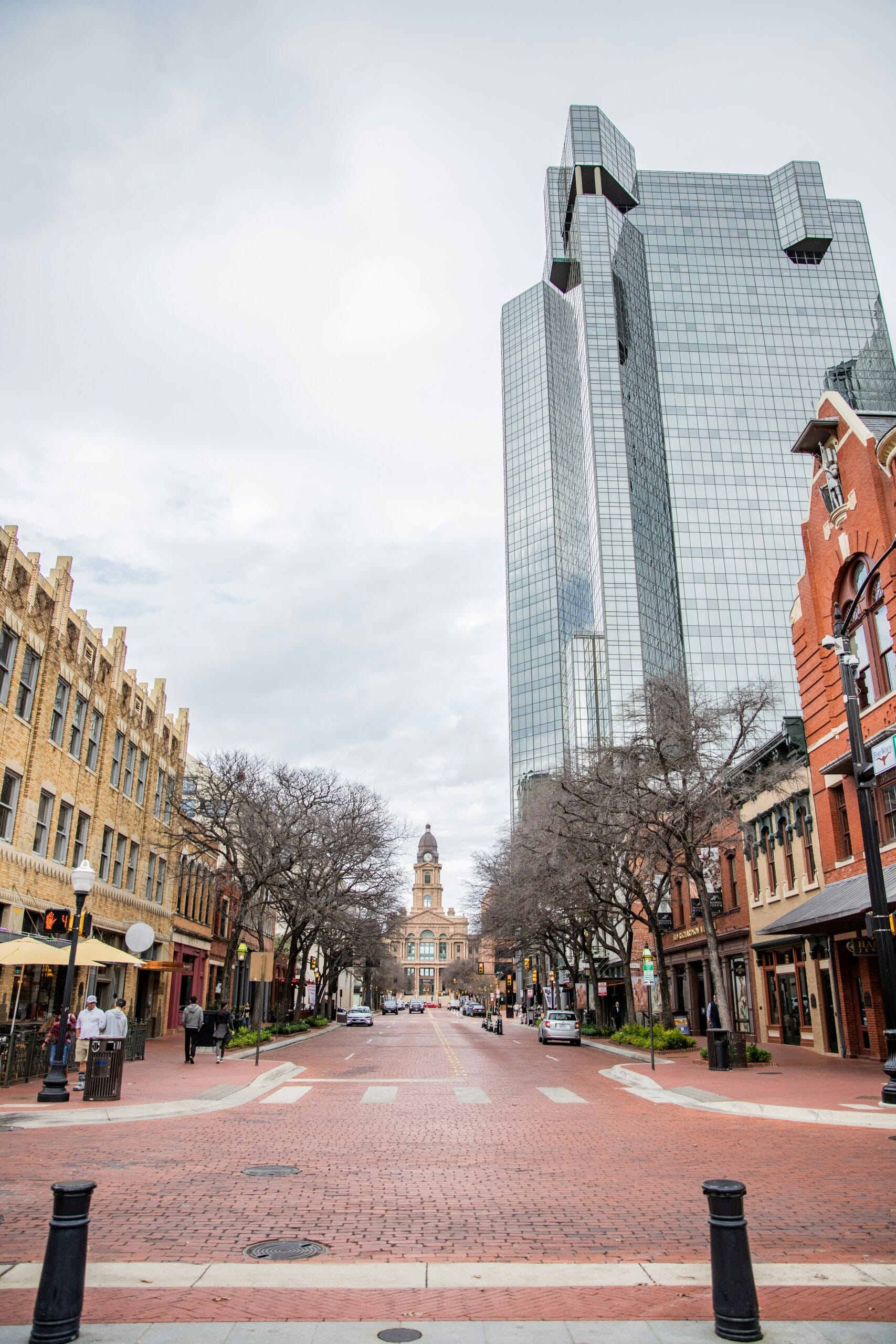- It is possible we are seeing the beginnings of a retail renaissance in commercial real estate due to several factors.
- This may provide development and redevelopment opportunities for savvy real estate investors.
- And it could lead to increased demand in other commercial real estate industries.
Last week I was lucky enough to be invited as a guest to the Spring Real Estate Conference at the McCombs School of Business. My Moontower Capital business partner, Scott Studzinski, invited me. It was quite interesting and there were a variety of relevant topics discussed. If you ever get invited, I highly recommend going.
But there was one panel that, in particular, I found intriguing. The panelists specifically discussed the retail renaissance that is going on. It was fascinating to hear about what new developments are going on in that industry. And whether retail could lead to overall commercial real estate growth. So lets talk about it.
Is there a Retail Renaissance
Listening to the panelists, they seemed quite optimistic about the future of retail – and commercial real estate in general. This optimism isn’t just anecdotal. A recent article in the San Antonio Business Journal highlights the revitalization of downtown areas fueled by a surge in retail development. This trend isn’t limited to San Antonio; it’s a nationwide phenomenon. A study by the University of Toronto’s Rotman School of Management underscores this point, revealing through phone activity that downtowns are becoming more populated and crowded. Indeed, there was a 9.3% increase in downtown activity year over year from March 1, 2023.
So, what’s driving this retail renaissance in Texas and beyond? Here are some key factors:
- Pent-up Demand: After months of restricted movement during COVID, consumers have been eager for in-person shopping experiences. People just want to get out of the house more.
- Shifting Consumer Preferences: While e-commerce remains a powerful force, the pandemic highlighted the value of brick-and-mortar stores. Consumers appreciate the immediacy of in-store purchases, the ability to return items easily, and the social aspects of shopping.
- Evolving Retail Landscape: Retailers are embracing a more experiential approach. Stores are becoming destinations, offering in-store events, workshops, and unique experiences that complement online shopping. This “omnichannel” strategy strengthens brand loyalty and encourages foot traffic.
- Strategic Location Focus: The focus has shifted from sprawling suburban malls to high-density, walkable areas. Downtowns and mixed-use developments are prime targets for retailers, offering a dynamic environment and a captive audience.
All of this has led to retail appearing to be well-positioned in the future to be a growth area of the commercial real estate industry. So what does that mean for the future?
First, there is likely to be increased demand for retail developments, especially in Texas where people are moving. This could provide an opportunity for investors. The counter to that, of course, is between high construction costs and interest rates, nobody is really starting new developments now. Obviously this is good for current retail – there will be less supply to meet that increased demand. And at some point, those new developments will have to get started to meet that demand.
Second, this demand may provide some unique redevelopment opportunities. Many vacant retail spaces, particularly in struggling malls, could be repurposed for other uses. We might see conversions into office spaces, residential units, or entertainment venues.
Will This Renaissance Spill Over to Other Sectors?
The impact of the retail renaissance on other commercial real estate sectors is an intriguing question. While the immediate effect is likely to be most pronounced in retail spaces, there could be a ripple effect:
- Office Market: The focus on vibrant mixed-use developments could benefit the office market. Tenants seeking dynamic work environments with convenient access to retail and amenities might be attracted to these spaces.
- Hospitality: A thriving retail sector can attract tourists and business travelers, boosting demand for hotels and other hospitality properties.
- Industrial: The rise of e-commerce fulfillment centers might continue, leading to increased demand for industrial space.
Conclusion
The Texas real estate market is undergoing a fascinating transformation. A potential retail renaissance presents exciting opportunities for developers, investors, and retailers. However, it’s essential to be mindful of the potential challenges and adapt strategies accordingly. By embracing innovation, focusing on creating engaging customer experiences, and remaining agile, Texas can capitalize on this retail resurgence and build a thriving commercial real estate landscape for the future.



